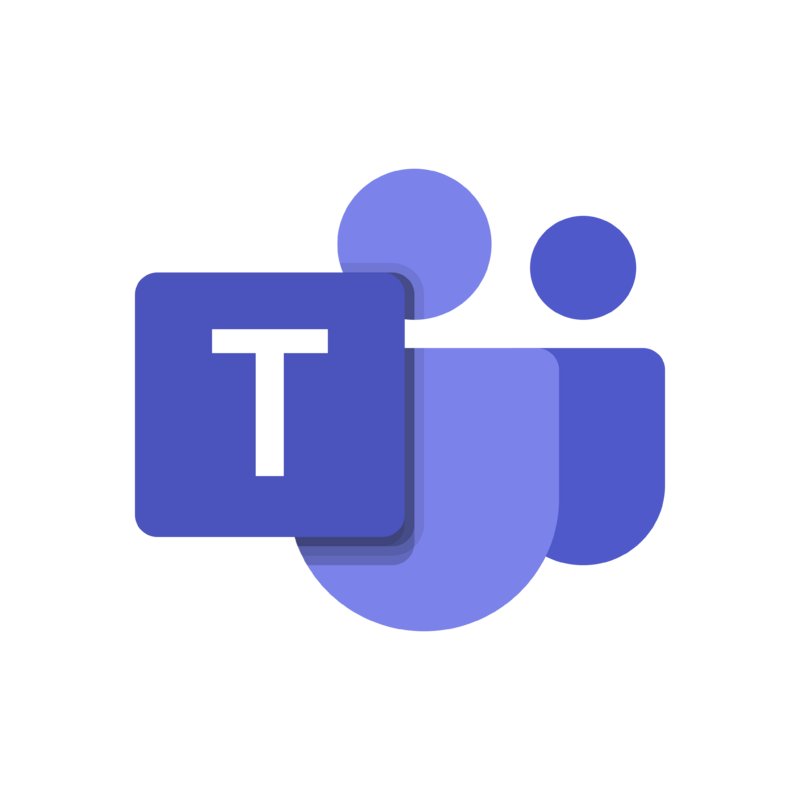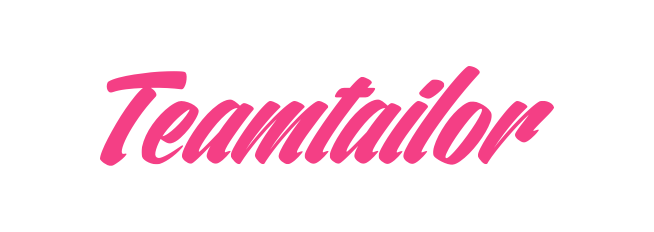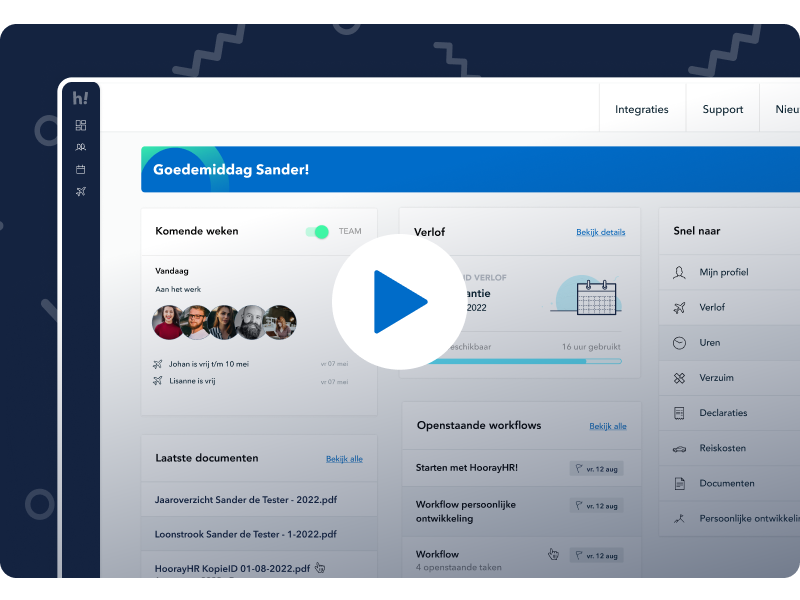Employer Branding: 3 tips for attracting top talent
Table of contents
- Define your employer value proposition (EVP)
- Leverage employee engagement
- Consistent branding across platforms
- Define your employer value proposition
- Leverage employee engagement
- Consistent branding across platforms
- Define your employer value proposition
- Leverage employee engagement
- Consistent branding across platforms
- Define your employer value proposition
- Leverage employee engagement
- Consistent branding across platforms
In today’s competitive job market, mastering employer branding is essential to attract and retain top talent. Workplace image-crafting encompasses the strategies and efforts that organizations undertake to shape their reputation and appeal to potential employees. In this article, we’ll explore the critical steps in developing a strong employer brand to attract the best talent.
Define your employer value proposition (EVP)
The first step in effective employer branding is defining your unique Employer Value Proposition (EVP). Your EVP articulates what sets your organization apart as an employer and why top talent should choose you. Identify your company’s values, culture, benefits, and growth opportunities that make it an attractive place to work.
Leverage employee engagement
Engaged employees are your best brand ambassadors. Create a workplace culture that fosters engagement, recognition, and empowerment. Encourage employees to share their positive experiences on social media platforms and review sites, showcasing your organization as an employer of choice.
Consistent branding across platforms
Consistency is key in employer branding. Ensure your messaging, visuals, and communication channels align with your brand identity. This uniformity helps convey a clear and compelling image to potential candidates.
By following these steps, organizations can enhance their employer branding efforts, attract top talent, and establish themselves as sought-after employers in the competitive job market. To further explore how HoorayHR can support your workplace image-crafting initiatives, visit our website(link).
Mastering employer branding is essential in today’s competitive job market. Workplace image-crafting encompasses strategies and efforts to shape your reputation and appeal to potential employees. In this article, we’ll explore the critical steps to develop a strong employer brand that attracts top talent.
Define your employer value proposition
Effective employer branding starts with defining your unique Employer Value Proposition. Your EVP articulates what makes your organization an attractive employer and why top talent should choose you. Identify your company’s values, culture, benefits, and growth opportunities that set you apart.
Leverage employee engagement
Engaged employees are your best brand ambassadors. Foster a workplace culture that encourages engagement, recognition, and empowerment. Encourage employees to share their positive experiences on social media and review sites, highlighting your organization as an employer of choice.
Consistent branding across platforms
Consistency is crucial in employer branding. Ensure that your messaging, visuals, and communication channels align with your brand identity. This consistency helps convey a clear and compelling image to potential candidates.
By following these steps, organizations can enhance their employer branding efforts, attracting top talent and establishing themselves as sought-after employers in the competitive job market. To explore how HoorayHR can support your workplace image-crafting initiatives, visit our website(link).
In today’s competitive job market, mastering employer branding is essential for attracting and retaining top talent. Workplace image-crafting encompasses the strategies and efforts organizations undertake to shape their reputation and appeal to potential employees. In this article, we’ll explore the critical steps in developing a strong employer brand to attract the best talent.
Define your employer value proposition
The first step in effective employer branding is defining your unique Employer Value Proposition. Your EVP articulates what sets your organization apart as an employer and why top talent should choose you. Identify your company’s values, culture, benefits, and growth opportunities that make it an attractive place to work.
Leverage employee engagement
Engaged employees are your best brand ambassadors. Create a workplace culture that fosters engagement, recognition, and empowerment. Encourage employees to share their positive experiences on social media platforms and review sites, showcasing your organization as an employer of choice.
Consistent branding across platforms
Consistency is key in employer branding. Ensure your messaging, visuals, and communication channels align with your brand identity. This uniformity helps convey a clear and compelling image to potential candidates.
By following these steps, organizations can enhance their employer branding efforts, attract top talent, and establish themselves as sought-after employers in the competitive job market. To further explore how HoorayHR can support your workplace image-crafting initiatives, visit our website(link).
Mastering employer branding is essential in today’s competitive job market. Workplace image-crafting encompasses strategies and efforts to shape your reputation and appeal to potential employees. In this article, we’ll explore the critical steps to develop a strong employer brand that attracts top talent.
Define your employer value proposition
Effective employer branding starts with defining your unique Employer Value Proposition. Your EVP articulates what makes your organization an attractive employer and why top talent should choose you. Identify your company’s values, culture, benefits, and growth opportunities that set you apart.
Leverage employee engagement
Engaged employees are your best brand ambassadors. Foster a workplace culture that encourages engagement, recognition, and empowerment. Encourage employees to share their positive experiences on social media and review sites, highlighting your organization as an employer of choice.
Consistent branding across platforms
Consistency is crucial in employer branding. Ensure that your messaging, visuals, and communication channels align with your brand identity. This consistency helps convey a clear and compelling image to potential candidates.
Disclaimer
Important! Our articles and posts on our website are intended for information purposes and are not binding. They do not constitute full legal advice and are only provided to share information about specific HR topics. The content of this article is not intended to replace binding legal advice that will apply to your specific situation.




